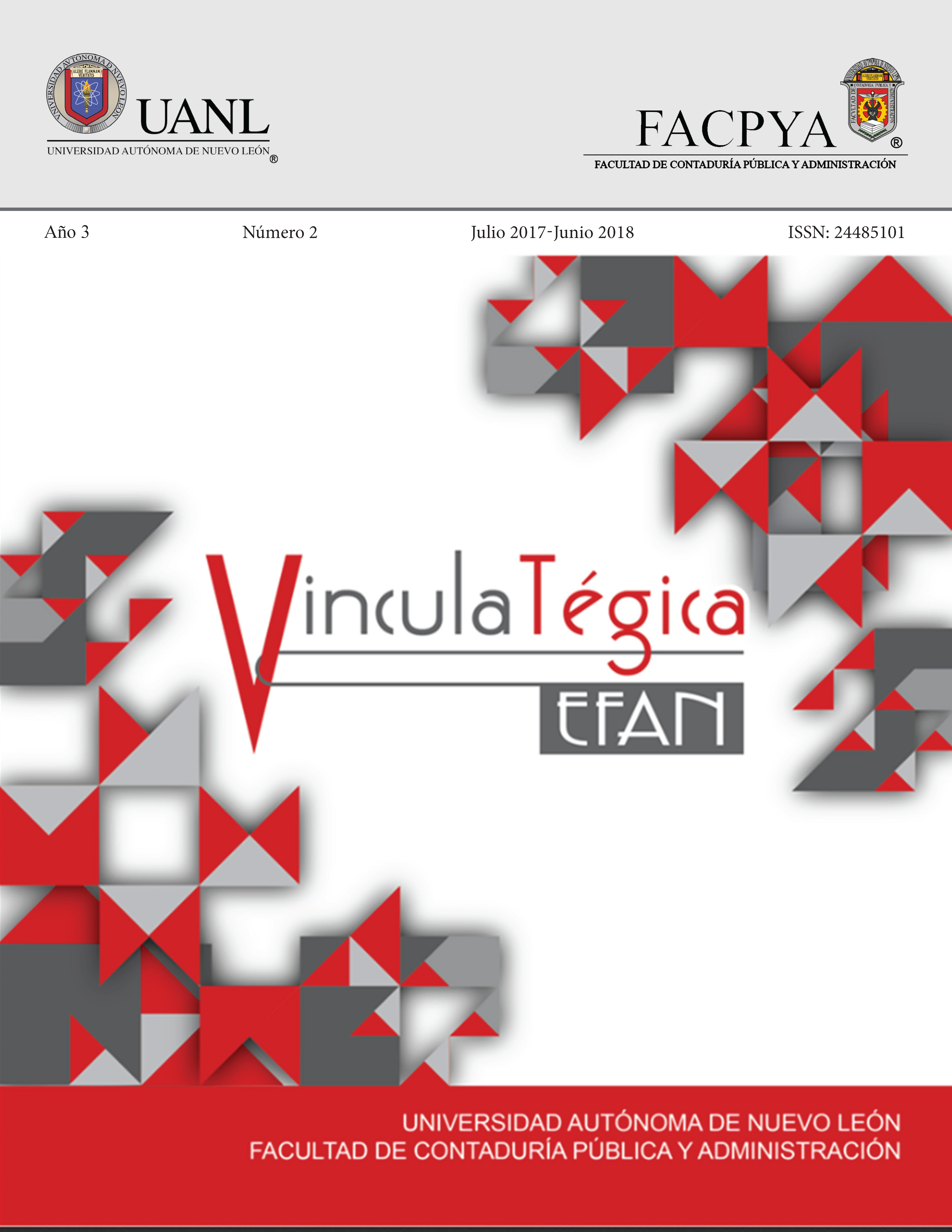Return on talent
Keywords:
Investment, potential, return, talentAbstract
Various financial, administrative, and social theories highlight the employee as key to a company's success and offer techniques for harnessing their potential. They often focus on managing and exploiting creativity and talent without providing a tool to measure the investment in them. To this end, the Return Over Talent (ROT) tool was created, which measures talent, knowledge creation, and its application within the organization. It also allows for determining whether the investment made in the company's talented people has yielded results, allowing for recognizing and compensating this effort. This paper will explain how, using this ratio, along with other well-known ones (ROA, ROI, and ROE), it is possible to increase the value of the company and, at the same time, that of talented employees equitably.
Downloads
References
HUSELID, BECKER y BEATTY. (2005). The workforce scorecard: Managing Human Capital to Execute Strategy. Estados Unidos. Harvard Business School Press.
MARZANO, MI. (2011) Programados para triunfar: Nuevo capitalismo, gestión empresarial y vida privada. México. TusQuets Editores.
PREVE, FRAILE y SARRIA. (2015). Las finanzas en la empresa. Combinando rigurosidad e intuición. Argentina. TEMAS Grupo editorial.
BANERJEE, S. (2013). Return on Talent. The Management Accountant: The Journal for CMAs, 48, (3), 262-269. Recuperado de http://www.icmai.in/upload/Institute/Journal/March2013.pdf
CHOWDHURY, S. (2016). Return on talent. Qfinance: The ultimate financial resource. Recuperado de http://www.financepractitioner.com/human-and-intellectual-capital-best-practice/return-on-talent?full
MSG EXPERTS (S.F.). Return on Investment for Talent Management. MSG Management Study Guide. Recuperado de http://managementstudyguide.com/return-on-investment-talent-management.htm
MAINA, W. (S.F.). Estimating the return on your talent management investment. Halogen Software: Strategic Talent Management. Recuperado de http://www.halogensoftware.com/learn/how-to/estimating-the-return-on-your-talent-management-investment
Downloads
Published
How to Cite
Issue
Section
License

This work is licensed under a Creative Commons Attribution 4.0 International License.
a). Authors keep copyright and give the journal the right of the first publication of the work under a Creative Commons attribution license. This license allows others to share the work as long as original authorship and initial publication in this journal is acknowledged.
b). Authors may make other independent and additional contractual agreements for the non-exclusive distribution of the version of the article published in this journal (e.g., include it in an institutional repository or publish it in a book) as long as they clearly indicate that the work was published for the first time in this journal.







